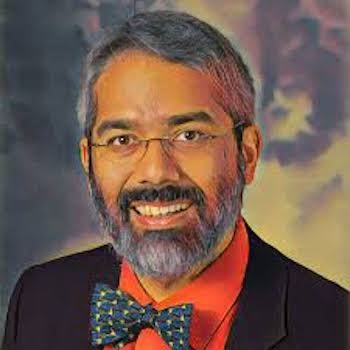
American medicine has long had the reputation ofbeing the most advanced in the world. But the UStoday faces a looming shortage of the versatiledoctors who form the backbone of its health system -generalists known as “primary care physicians” – a trendthat industry experts call a threat to the nation’s health.
If you look worldwide at the countries that have muchbetter scores on health care quality measures than theUnited States, almost all of them have a higher percentageof their physicians engaged in primary care. The US is projected to have 52,000 fewer primary carephysicians than needed by 2025, according to a reportpublished in the current issue of the medical journalAnnals of Family Medicine.
The shortage threatens to exacerbate alreadyskyrocketing medical costs in the US by diminishingaccess to the crucial preventative care offered by primarycare physicians and prompting patients to turn to priceyspecialists to treat routine maladies, health industryexperts say.
What’s more, such higher costs may actually result inworse outcomes for patients. If patients are bouncing fromspecialist to specialist, not only are the costs enormous,they get uncoordinated care. They get unnecessary tests,chase spurious information, and can get drug interactionsbecause people get some medication from one physician,and other medicine from another.
The value in primary care, medical professionals say, isthe holistic approach the doctor takes when assessing apatient’s health. Building a stable relationship with aprimary care doctor can help a person head off chronicdiseases that incur significant financial and quality-of-lifecosts, they say. There’s something to be said for having a place to go anda therapist who knows who the patient is. They don’t haveto go to see 20 different doctors and see 20 differentrecords. The knowledge about you is all in one place.
The increasing scarcity of primary care physicians isdriven in part by the projected population growth in theUS over the next two decades, as well as by the medicalneeds of an aging population and the tens of millions ofAmericans expected to be newly insured under theAffordable Care Act, US President Barack Obama‘ssignature health care reform.
It is also driven by the growing income gap betweenprimary care physicians and their counterparts in morefinancially lucrative specialist fields such as cardiology,medical professionals say.
For many medical students weighed down withescalating levels of student debt, opting for a career as aspecialist is a no-brainer. When young people graduatefrom medical school $250,000 in debt and see they can make$150,000 a year as a primary care physician, or be acardiologist and make $450,000 a year, which one do theypick?
The average salary for a primary care doctor in the USin 2010 was $202,392 compared to $356,885 for medicalspecialists, according to the US Bureau of Labor andStatistics. The reasons for this disparity are varied. Onekey factor, however, is that the primary care is holistic andconsists of time-consuming patient encounters. Thesevisits, however, have lower reimbursement rates than mostmedical procedures.
According to a study published this week in theAmerican Medical Journal, just 22 percent of medicalstudents said they are planning a career in generalinternal medicine. Meanwhile, 64 percent of the 17,000students polled said they wanted to become a specialist infields such as oncology and dermatology.
It’s a sad picture because primary care is veryimportant. And it’s going to become even more importantover the next 20 to 30 years.





Be the first to comment